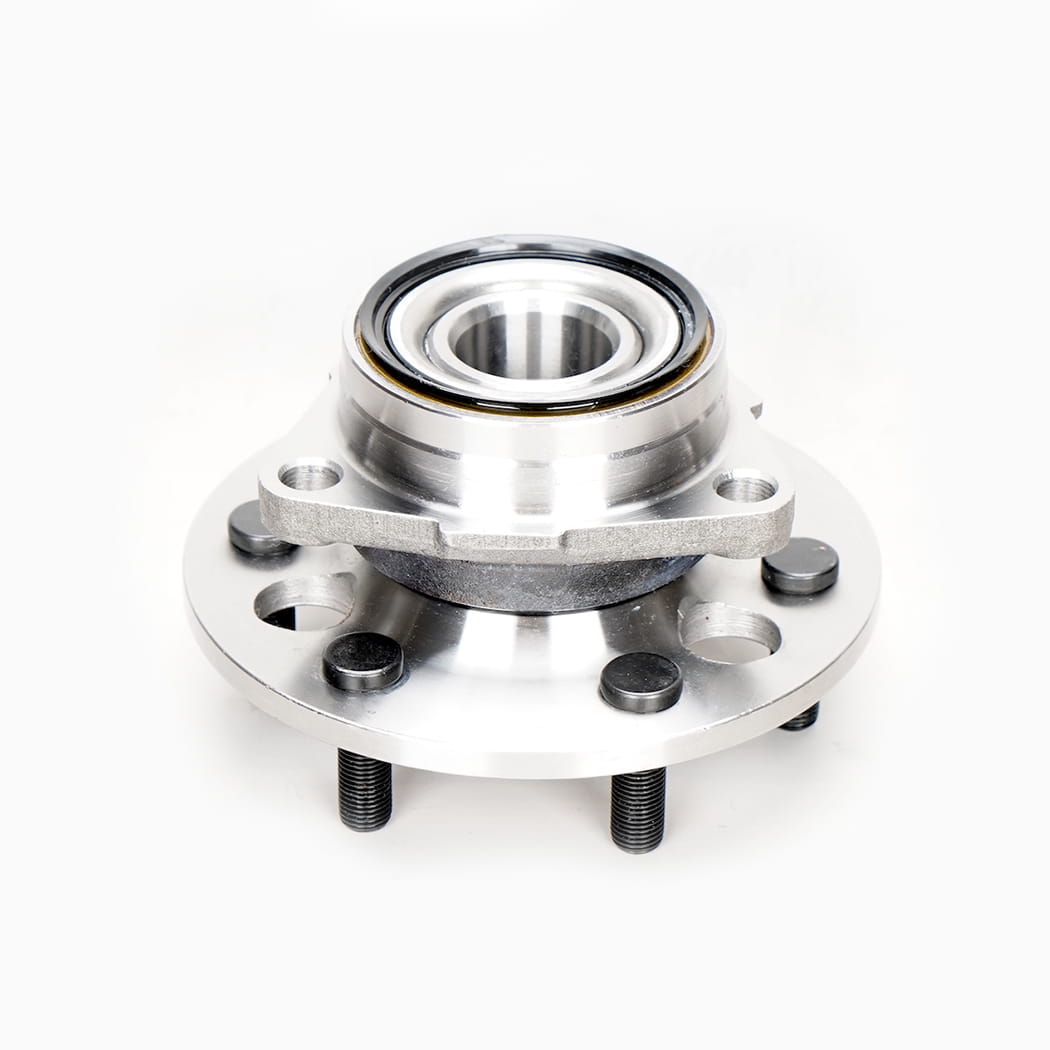Identifying a bad wheel bearing can be challenging, but understanding the key signs and diagnostic methods can help you accurately pinpoint the problem. Vehicle wheel bearings are a crucial part of the suspension system, allowing the wheels to rotate smoothly and freely. When hub bearings or wheel hub units begin to wear out, they trigger a series of symptoms that need prompt attention to avoid more serious damage or safety issues.
This is the most common and easiest symptom to identify. A failing wheel hub bearing typically produces a specific type of noise. This noise is often a continuous hum, a low-pitched rumble, or a grinding sound, and its pitch and intensity change with vehicle speed.
Humming or Rumbling: This might be a sign that the balls or rollers inside the bearing are worn. You can usually hear this sound more clearly when turning, as the weight shift puts more stress on the bearing on one side. For example, if the sound gets louder when you turn left, the bearing on the right side might be the problem.
Grinding: This usually means the bearing is severely damaged and metal components are grinding against each other.
When a wheel bearing wears out, you might notice a difference in how the steering feels.
Steering Wheel Vibration: The steering wheel might have a slight vibration or shake that increases with speed. This often indicates excessive play inside the bearing.
Vehicle Pulls to One Side: In some cases, a severely damaged wheel bearing assembly can cause the vehicle to pull slightly to one side while driving straight, requiring you to constantly correct the steering.
This is one of the most direct ways to diagnose a bad bearing, but it usually means the problem is already severe.
Wobbling the Wheel: Jack up the vehicle so the wheel is off the ground. Grab the wheel at the 6 and 12 o'clock positions and try to shake it back and forth. If you feel noticeable looseness or play, the bearing for that wheel is likely bad. A healthy wheel should not have any wobble.
A severely damaged vehicle wheel bearing can generate excessive heat while in motion.
Feel the Hub Temperature: After driving for a while, stop and carefully touch the center part of the wheel hub. If one hub is noticeably hotter than the others, it could indicate that its internal bearing is overheating due to excessive friction.

If you're unsure or want a more precise diagnosis, here are some professional methods:
This is the most common professional diagnostic method.
Use a Lift: Raise the vehicle so all wheels are off the ground and can spin freely.
Start the Engine and Accelerate: In a safe manner, start the vehicle and put the transmission in drive, allowing the wheels to spin at a slow speed.
Use a Stethoscope: Use an automotive stethoscope (or a long screwdriver) and place one end near the wheel bearing and the other to your ear. You'll be able to hear a clear, abnormal rumbling or grinding sound from the bad bearing.
In some high-end repair shops, technicians may use a specialized vibration analyzer to inspect the wheel hub units. These devices can accurately measure the frequency and amplitude of the bearing's vibrations, helping to determine its condition.
When you hear any suspicious noise while driving, especially a humming or rumbling sound, and suspect a wheel bearing issue, the best course of action is to perform a thorough check. First, try to narrow down which side might be the problem based on how the sound changes when you turn. Then, jack up the vehicle and check for play, or use a professional stethoscope for final confirmation.
Replacing damaged vehicle wheel bearings is a specialized repair that requires specific tools. Since it's a matter of vehicle safety, if you don't have the professional knowledge and tools, it's highly recommended to take your vehicle to a professional repair shop for inspection and replacement. Timely repair not only restores driving comfort but, more importantly, ensures your safety on the road.